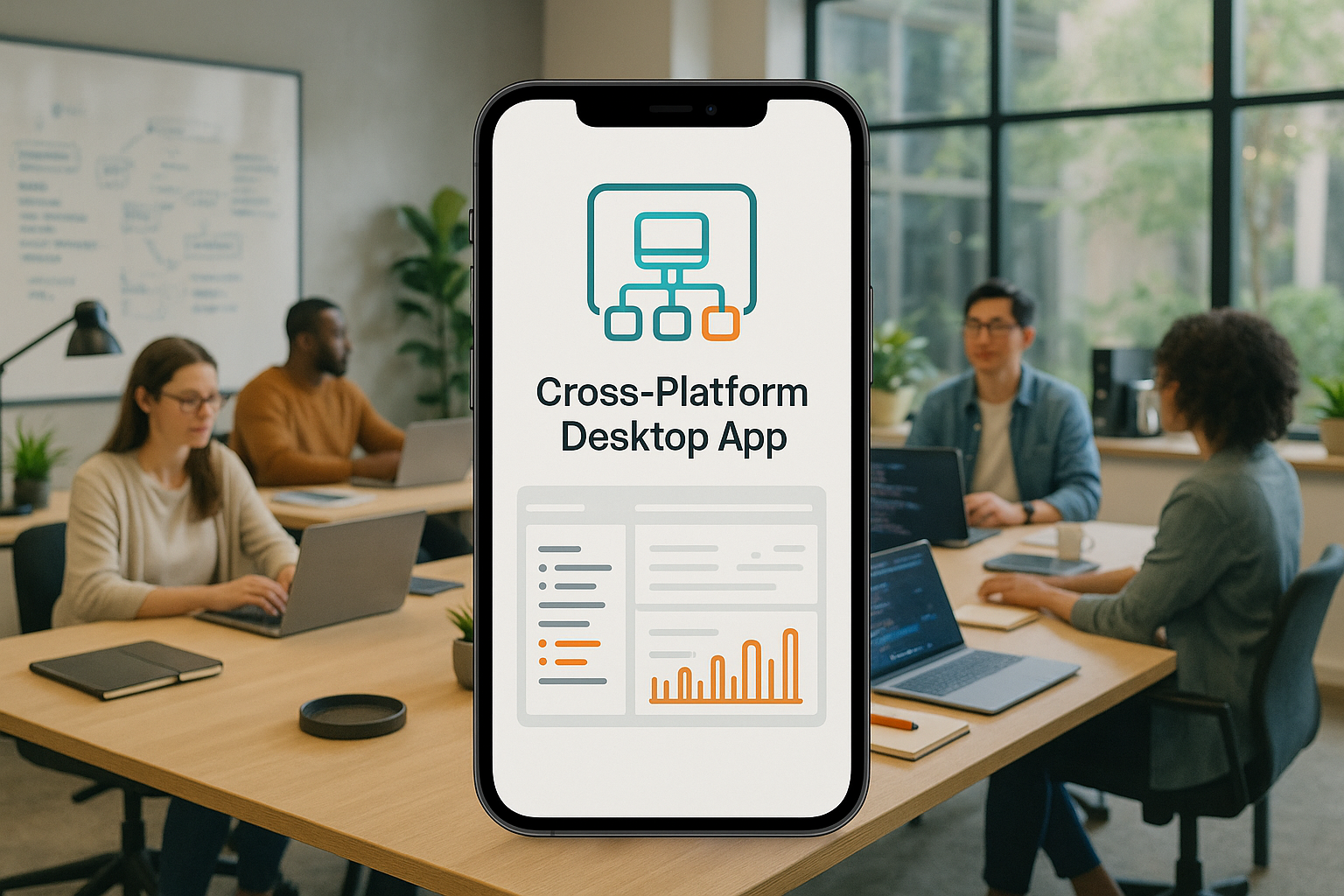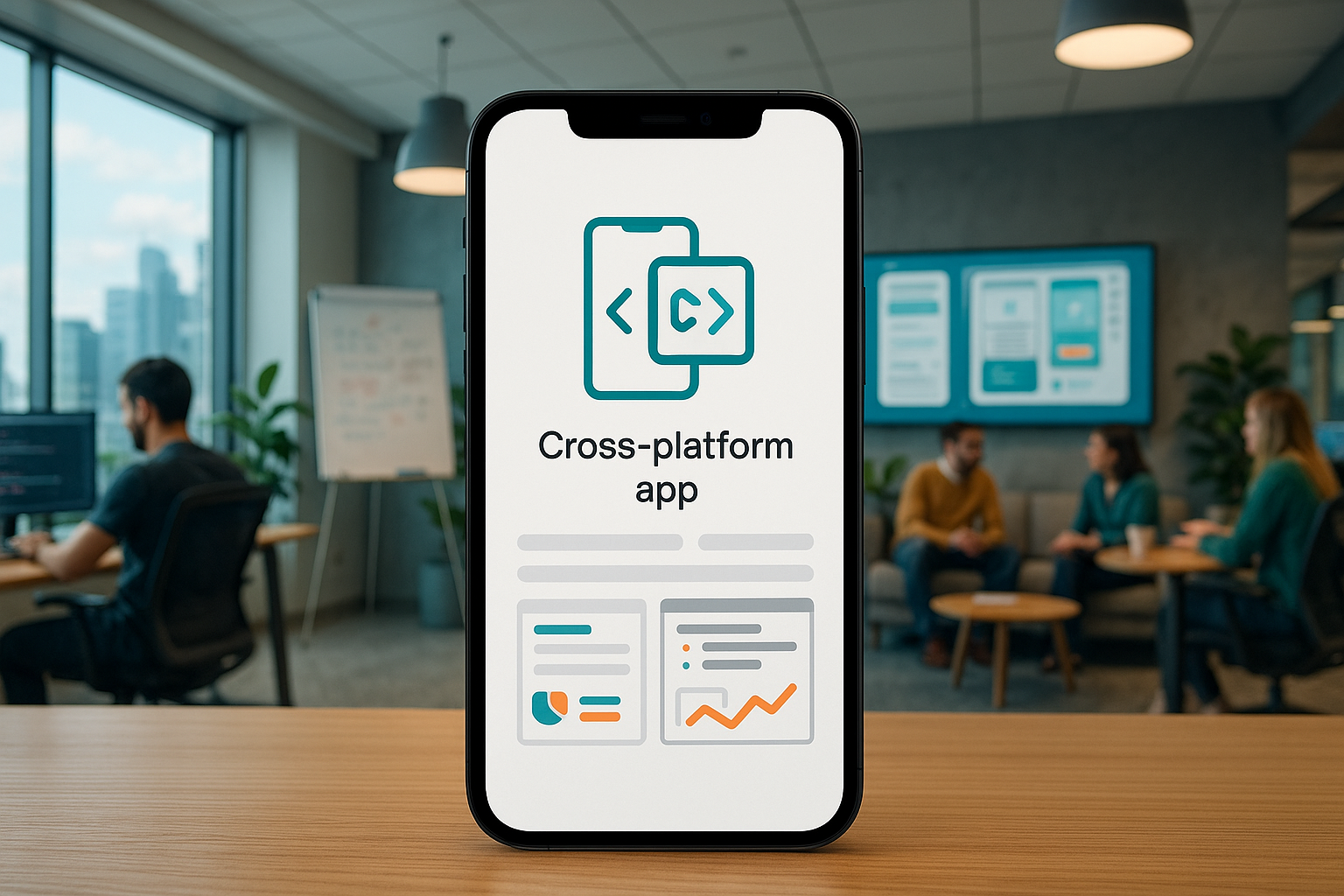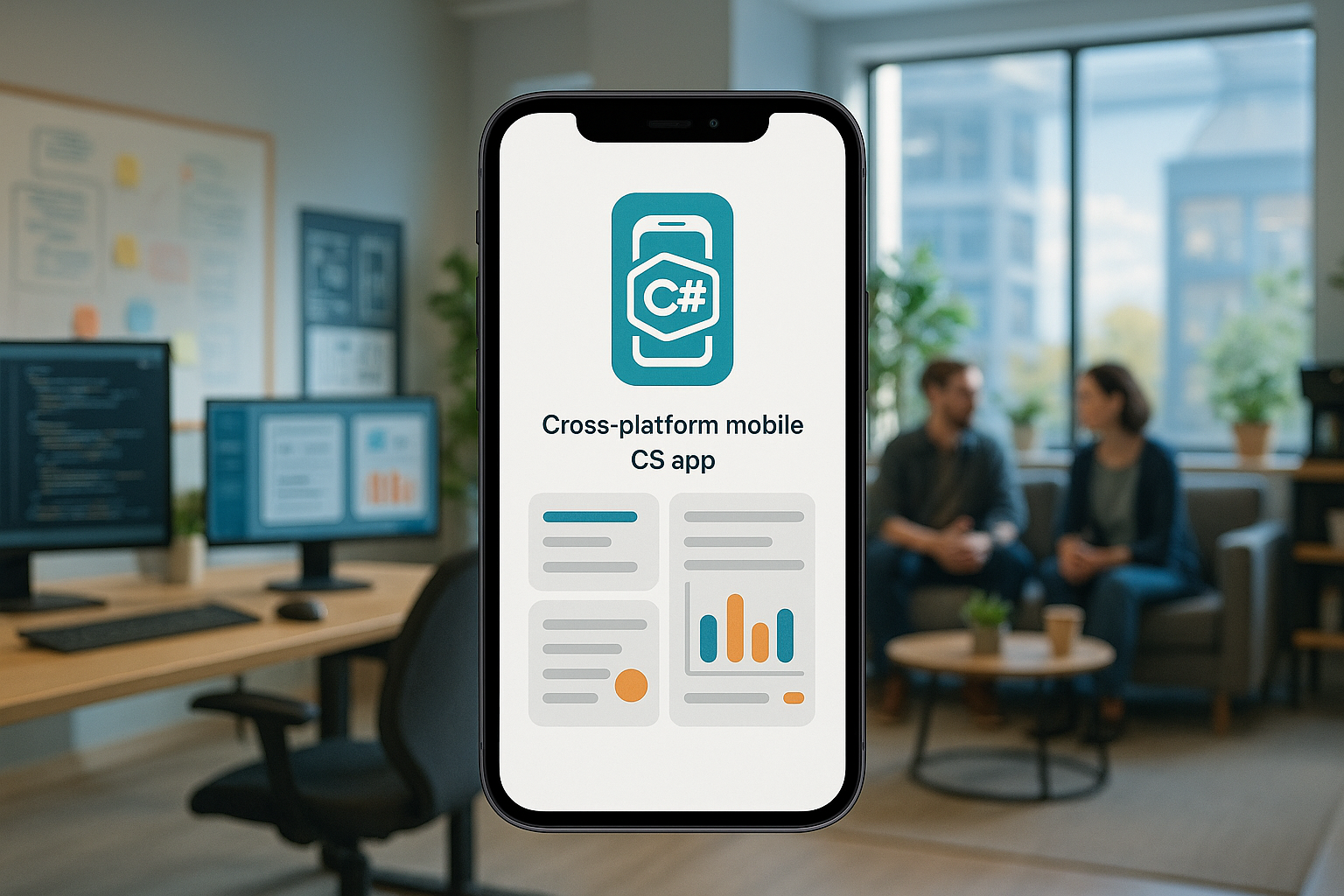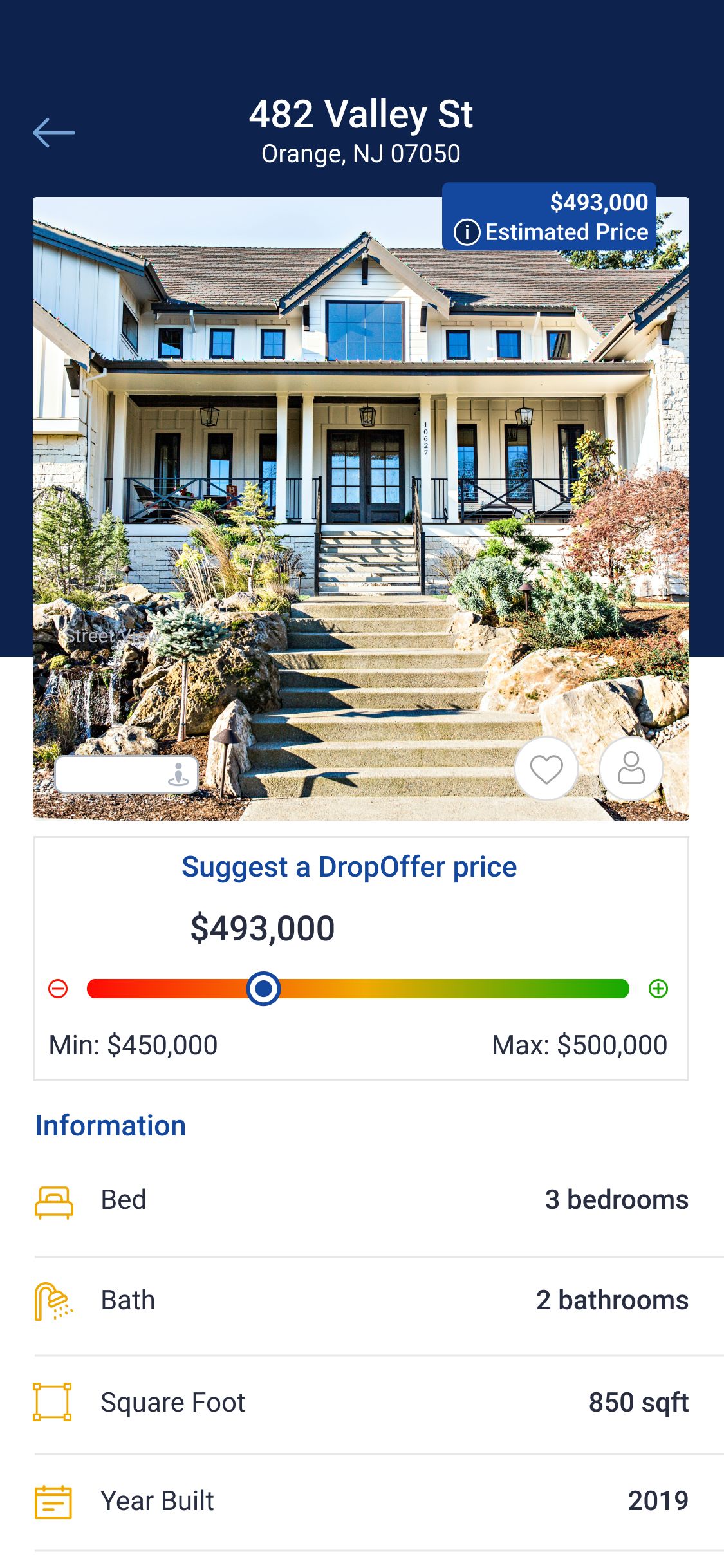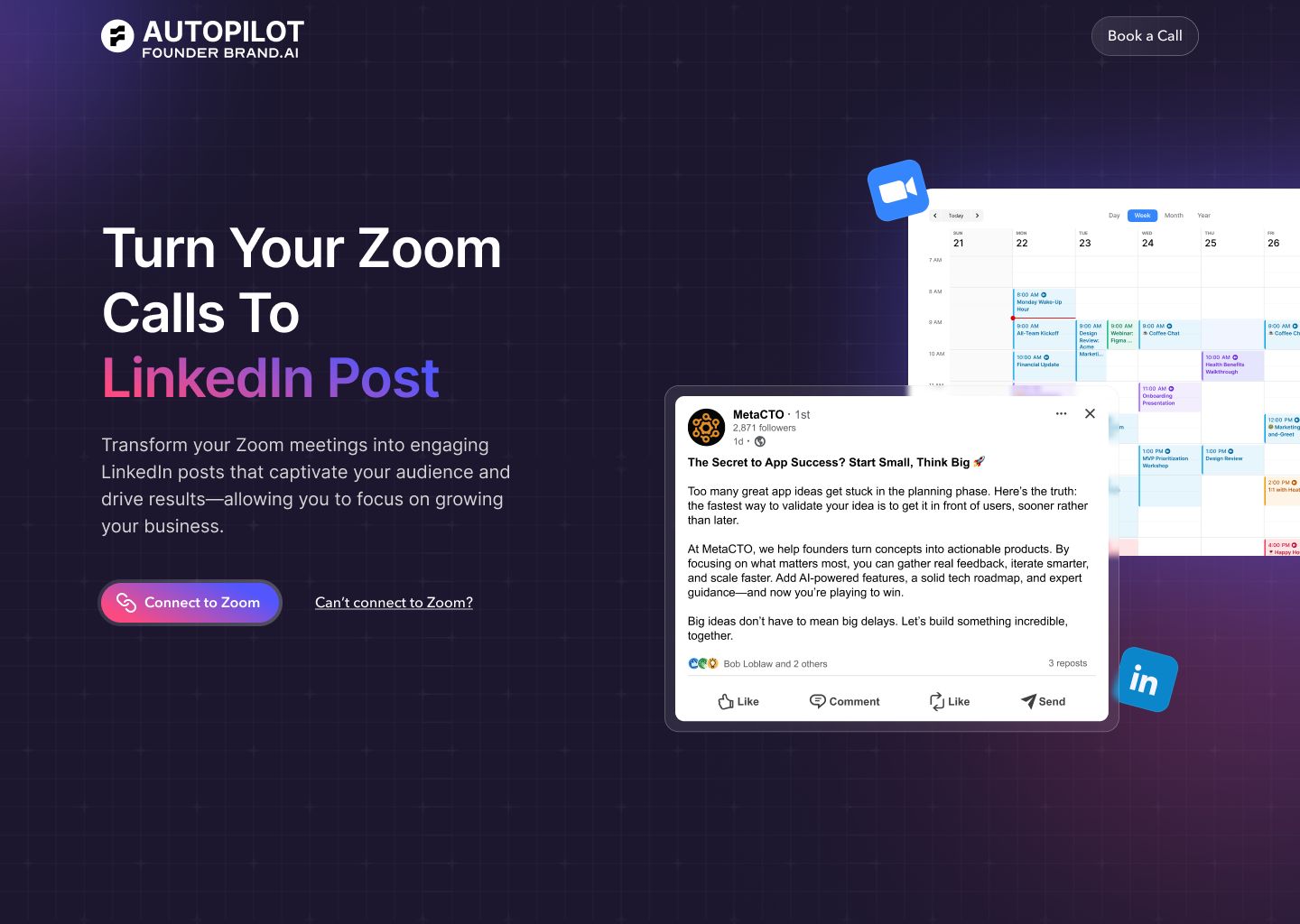Introduction
In today’s fragmented digital landscape, reaching your users where they are is paramount. While mobile and web dominate the conversation, the desktop remains a critical environment for productivity, creativity, and deep-focus work. The challenge, however, is that the desktop market is split primarily across Windows, macOS, and Linux. Developing a separate, native application for each platform is a monumental undertaking—costly, time-consuming, and difficult to maintain. This is where cross-platform desktop app development emerges as a powerful solution, promising a single codebase to conquer multiple operating systems.
Yet, this promise comes with significant complexities. The path to a high-quality, performant, and reliable cross-platform desktop application is fraught with technical hurdles, from navigating constant ecosystem changes to selecting the right framework from a dizzying array of options. An in-house team can quickly find itself overwhelmed, leading to project delays, budget overruns, and a final product that fails to meet user expectations.
This comprehensive guide will illuminate the world of cross-platform desktop app development. We will explore what these applications are, detail the substantial challenges of building them in-house, and compare the most popular development frameworks available today. Furthermore, we will examine the costs involved and introduce the leading development agencies that can turn your vision into a reality. As a top US AI-powered app development firm, we at MetaCTO have over two decades of experience transforming complex ideas into successful applications. We understand these challenges intimately and have a proven process to navigate them, ensuring your project is not just launched, but built to succeed.
What is a Cross-Platform Desktop App?
A cross-platform desktop application is a piece of software engineered from a single, unified codebase to run natively or near-natively on multiple desktop operating systems, such as Windows, macOS, and Linux. This approach stands in stark contrast to traditional native development, which requires building and maintaining a separate, distinct version of the application for each target platform using platform-specific languages and tools (like Swift/Objective-C for macOS or C# for Windows).
The fundamental goal is to maximize code reuse, which streamlines the development process, reduces costs, and accelerates time-to-market. Instead of juggling three different development teams and three separate codebases, a single team can write the core logic and user interface once and deploy it everywhere.
Several modern frameworks make this possible. Tools like Electron, Flutter, Tauri, and Qt provide the necessary abstractions and libraries to bridge the differences between operating systems. For instance, Electron allows developers to build desktop applications using standard web technologies—HTML, CSS, and JavaScript—by bundling a web browser engine (Chromium) and a server-side environment (Node.js) into a standalone application. Similarly, frameworks like Flutter and Qt compile code to run with native-like performance, offering smooth animations and deep integration with the underlying system. While React Native is primarily focused on mobile, it can also be extended to create desktop applications, though it may require more effort to achieve a consistent experience across all platforms compared to its more desktop-focused counterparts.
Ultimately, a cross-platform desktop app seeks to deliver a consistent user experience and feature set across all supported operating systems, all while providing significant efficiencies for the business building it.
Reasons It Is Difficult to Develop a Cross-Platform Desktop App In-House
While the benefits of a single codebase are alluring, the practical reality of creating a high-quality, non-trivial cross-platform desktop app is exceptionally challenging. The very abstraction that allows code to run everywhere can also become a source of profound complexity. Companies that attempt this journey with an in-house team often underestimate the unique difficulties involved, which extend far beyond typical software development.
Constant and Unforgiving Ecosystem Changes
The desktop operating systems themselves are moving targets. Apple, Microsoft, and the Linux community are constantly releasing updates, security patches, and new hardware. These changes can have a cascading effect on cross-platform frameworks. A new OS version might deprecate a low-level API that your application relies on, breaking a critical feature overnight. Maintaining strict boundaries between low-level (system-specific drivers) and high-level (application logic) APIs becomes a relentless battle. Your team must be perpetually vigilant, ready to diagnose and fix issues that arise not from your own code, but from the shifting ground beneath it. This requires a level of deep system knowledge and proactive maintenance that many teams are not staffed for.
The Need for Elite, Low-Level Engineering Talent
Getting a simple “Hello, World!” app running is one thing; delivering a complex, polished, and performant desktop application is another entirely. Non-trivial cross-platform projects demand very experienced engineers who possess a rare and valuable skill set. These are not just application developers; they are system thinkers who are comfortable diving deep. When a cross-platform library doesn’t perform as expected or lacks a specific feature, these engineers must be able to drop into low-level code—be it C++, Rust, or another system language—to diagnose bottlenecks, patch bugs, or implement custom functionality.
Furthermore, they must be willing and able to fork common libraries and tools when off-the-shelf solutions don’t quite fit the use case. This could mean taking an open-source UI component, modifying it to match a specific design requirement, and then maintaining that private fork over time. This is specialized, high-stakes work that goes far beyond what is typically required for web or even mobile development. Finding, hiring, and retaining such talent is both difficult and expensive.
The Frustration of Half-Baked Frameworks
The world of cross-platform development is littered with promising tools that turn out to be “half-baked.” A development team might invest weeks or months committing to a particular framework, only to discover its limitations when they try to implement a crucial feature. Perhaps its native integration is clunky, its performance on one OS is subpar, or its documentation for advanced use cases is non-existent.
This realization is a deeply frustrating and costly exercise. The team is faced with a terrible choice: limp along with the deficient tool, attempt a complex and time-consuming effort to extend or rebuild parts of the framework, or reverse course entirely and start over with a new technology stack. Even for seemingly simple things, this can derail a project, destroy morale, and burn through a budget. This is a risk that an experienced development partner, having already vetted and worked extensively with these tools, can help you avoid. Partnering with an agency like ours can provide the technical foresight needed to select the right tools from the start, a service we often provide through our Fractional CTO offering.
Different Types of Cross-Platform Desktop Apps: A Framework Comparison
The “type” of cross-platform desktop app is largely defined by the underlying framework used to build it. Each framework represents a different philosophy and set of trade-offs regarding performance, user interface, developer experience, and native integration. Choosing the right one is one of the most critical decisions you will make.
Below, we compare some of the most popular frameworks based on the available facts.
| Framework | Core Technology | Performance | UI/UX | Best For | Key Challenge |
|---|---|---|---|---|---|
| Electron | Web Tech (Chromium, Node.js) | Can be resource-intensive | Extensive pre-built components | Leveraging existing web technologies | High memory/CPU usage on older machines |
| Flutter | Dart (compiled to native code) | Commendable; fast startup, smooth | Highly customizable widget-based UI | Complex, media-rich, custom UIs | Learning curve for non-mobile developers |
| Tauri | Rust backend, web frontend | Lightweight, low resource use | Tight control; less built-in | Fast, secure, lightweight apps | Newer; smaller community and libraries |
| Qt | C++ | Excellent, native-like speed | Polished native-like elements | Resource-intensive, native-looking apps | Steep learning curve for C++ novices |
| React Native | JavaScript, React | Resource-efficient, but needs work | Third-party libraries; needs custom work | Leveraging web/mobile React skills | Inconsistent performance/UI without effort |
| JavaFX | Java | Can be slow on weaker devices | Difficult custom drawing/animations | Using Java ecosystem libraries | Ineffective programming for dynamic UIs |
Electron
Electron is a mature and widely used framework for building cross-platform desktop apps with HTML, CSS, and JavaScript. It achieves this by combining the Chromium rendering engine and the Node.js runtime.
- Performance and Resources: Electron’s primary drawback is that applications can be heavier on memory and CPU, which can affect performance on older or less powerful machines. The package size of a basic application is small, but the runtime resource usage is high.
- UI and Development: It offers a plethora of pre-built UI components and extensive theming options. For developers with a web background, the experience is familiar, and features like debugging and hot-reloading are well-supported. Porting an existing web application to the desktop can be quite easy.
- Native Integration: Electron provides easy access to native APIs through its Node.js integration. It also supports native plugins written in C++, though building them can be complex and error-prone.
Flutter
Initially built for mobile, Flutter has emerged as a powerful choice for desktop applications, especially those requiring rich, custom user interfaces.
- Performance and Resources: Flutter’s performance is commendable. Its Dart code is compiled directly into native machine code, and it uses GPU acceleration, resulting in fast startup times and smooth animations. However, the final package size of a Flutter app can be quite large.
- UI and Development: Its widget-based architecture allows for highly customizable and visually appealing UIs. The development experience is streamlined with features like hot-reloading. However, developers coming from a non-mobile background may face a learning curve with its architecture and the Dart language.
- Native Integration: Flutter allows code integration with native functionalities like Bluetooth and GPS.
Tauri
Tauri is a newer framework that has gained traction for its focus on creating lightweight, fast, and secure applications. It uses Rust for the backend and any web frontend framework for the UI.
- Performance and Resources: Tauri stands out for its lightweight nature and extremely low resource consumption, making it a great choice for fast and responsive apps.
- UI and Development: Tauri itself does not provide many UI components, instead allowing developers to use their preferred web UI tools. This offers tight control over the interface. The development process emphasizes speed, but requires knowledge of Rust or C.
- Native Integration: It offers support for building native plugins using Rust or C to access APIs and functionalities not available in the web platform. Its ecosystem is still growing, meaning fewer third-party libraries compared to more established options.
Qt
Qt is a veteran in the cross-platform space. It is a mature C++ framework known for its excellent performance and native look and feel.
- Performance and Resources: Qt’s performance is excellent, offering native-like speed and responsiveness. It is a top choice for resource-intensive applications. Applications run lightning fast and can use 100% of the potential of the target device.
- UI and Development: Qt excels at providing native-like UI elements that seamlessly integrate with the target platform, making it the go-to choice for applications requiring a polished, native appearance. Its development environment is mature, with a wide range of tools and comprehensive documentation. The primary challenge is its learning curve, particularly for developers new to C++.
- Native Integration: As a C++ framework, it offers excellent native integration capabilities, allowing developers to inject native code and easily use hardware like Bluetooth and GPS.
React Native & JavaFX
- React Native: Primarily a mobile framework, React Native can be extended for desktop use. This is a strong choice if you want to leverage existing web or React skills. However, achieving consistent performance and UI across desktop platforms may require additional effort compared to other frameworks, and accessing platform-specific features can be more difficult.
- JavaFX: This framework allows for software development across Windows, Linux, Mac, mobile, and web. While it can leverage many third-party Java libraries, its performance can be noticeably slow on weaker devices. Creating dynamic, advanced UIs and custom animations can be difficult, and the programming model is not considered very effective.
Cost Estimate for Developing a Cross-Platform Desktop App
Estimating the exact cost of a cross-platform desktop app without a detailed project scope is impossible, as the price is influenced by a multitude of factors. However, we can break down the components that contribute to the overall investment.
The primary drivers of cost are:
- Application Complexity: A simple utility with a few screens will cost significantly less than a complex application with real-time data synchronization, extensive third-party integrations, advanced custom graphics, and robust security requirements.
- Framework Choice: The technology stack has a direct impact on cost. A framework like Electron might lower initial development costs if your team is already proficient in web technologies. Conversely, choosing a framework like Qt or Tauri might require hiring developers with specialized and more expensive skills in C++ or Rust.
- Team Composition and Experience: As established earlier, high-quality cross-platform desktop development requires very experienced engineers. The salary or contract rate for a senior engineer comfortable with low-level debugging and forking libraries is substantially higher than for a junior application developer. Building an in-house team with the right mix of skills is a major capital expense.
- Agency vs. In-House Development: Building an in-house team involves costs beyond salaries, including recruitment, benefits, management overhead, and ongoing training. Partnering with a development agency provides access to a pre-vetted, experienced team without the long-term overhead. Agency rates vary by location and expertise. For example, an overseas firm like CimpleO in Thailand has a listed hourly rate of $50 - $99. Rates for top-tier US-based firms with specialized AI and mobile expertise will differ based on the value and deep partnership provided.
- Design and User Experience (UX): A polished, intuitive, and professional design is not free. Creating a custom UI/UX that is both beautiful and functional requires dedicated design resources, user research, and prototyping, all of which add to the project cost.
At MetaCTO, we focus on delivering value and de-risking your investment. Our Rapid MVP Development service is designed to validate your core idea and get a functional product to market in 90 days. This approach allows you to test the waters, gather real user feedback, and secure investor funding on a controlled budget and timeline before committing to a full-scale build.
Top Cross-Platform Desktop App Development Companies
Choosing the right partner is just as critical as choosing the right technology. An expert agency brings not only technical skill but also strategic guidance, process discipline, and a track record of success.
1. MetaCTO
As a premier US-based AI-powered development firm, we at MetaCTO specialize in turning ambitious ideas into market-leading applications. While our roots are deep in custom mobile app development, our expertise in creating sophisticated, high-performance user experiences and robust backends translates directly to the challenges of the desktop world. We understand that a great application, whether on a phone or a monitor, is built on a foundation of solid architecture, seamless user experience, and a smart business strategy.
What sets us apart is our holistic, partnership-based approach. We have been through it all, with over 20 years of app development experience, more than 120 successful projects launched, and over $40M in fundraising support for our clients. We don’t just build software; we build businesses. Our process covers every step of the journey:
- Validate: We help you quickly turn your idea into a testable MVP to collect real feedback and prove your concept on a tight budget.
- Build: We handle the entire design, build, and launch process, ensuring your app is market-ready and delivers a smooth experience from day one.
- Grow: Using analytics and A/B testing, we optimize user onboarding, engagement, and retention to build a loyal customer base.
- Monetize: We work with you to implement the most effective monetization strategies, from subscriptions to in-app purchases.
- Evolve: As your business scales, we ensure your app evolves with it, leveraging the latest technology to keep you competitive.
We bring the elite engineering talent and strategic foresight needed to overcome the difficulties of cross-platform development. We handle the complexities of framework selection, low-level integration, and ecosystem maintenance so you can focus on your business.
2. CimpleO
CimpleO is an award-winning production studio that has been operating since 2012. Located in Bangkok, Thailand, the company specializes in developing custom software, complex web services, and desktop applications. CimpleO positions itself as 100% cross-platform and is known for delivering projects on time and on budget. The company consists of 10 - 49 employees and works at an hourly rate of $50 - $99.
Conclusion
The journey of cross-platform desktop app development is one of immense potential tempered by significant technical challenges. It offers the strategic advantage of reaching a wider audience with a unified product, but demands a level of engineering rigor and foresight that can be daunting for even experienced in-house teams. We have seen how the constant churn of operating system updates, the need for deep, low-level expertise, and the risk of choosing an inadequate framework can quickly derail a project.
We explored the landscape of the most popular development frameworks—from the web-based power of Electron to the lightweight performance of Tauri, the native polish of Qt, and the rich UI capabilities of Flutter. Each offers a unique set of trade-offs, and selecting the right one is a critical first step toward success. This decision, along with factors like application complexity and team composition, directly impacts the final cost and timeline of your project.
Navigating this complex domain requires more than just coders; it requires a strategic partner. At MetaCTO, we bring over two decades of experience in building, launching, and scaling successful applications. We provide the expert guidance to select the right technology, the elite engineering team to build it correctly, and the proven process to ensure it aligns with your business goals from day one. We transform the daunting challenges of cross-platform development into a clear path forward.
If you are ready to build a high-quality desktop application the right way, let’s talk.
Talk with a Cross-Platform Desktop app development expert at MetaCTO today.
